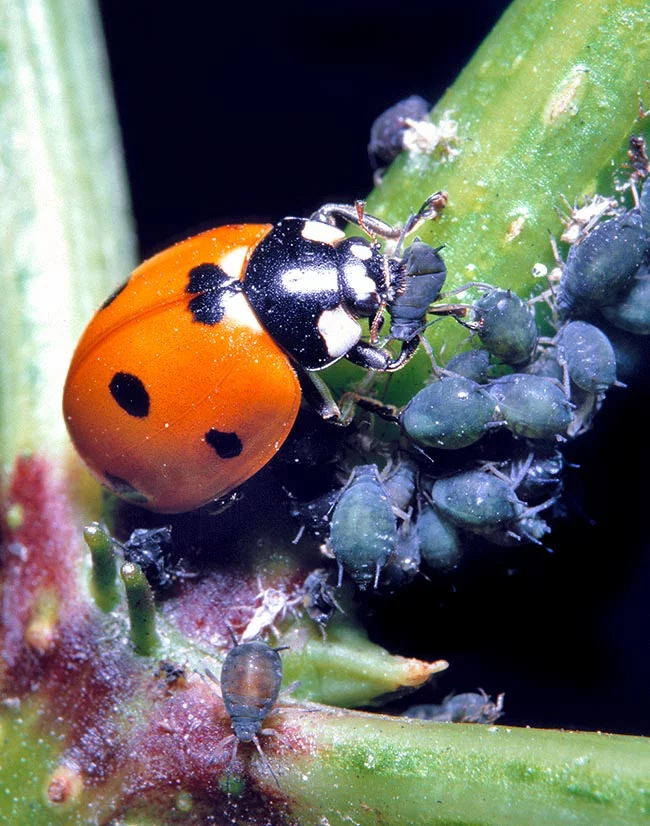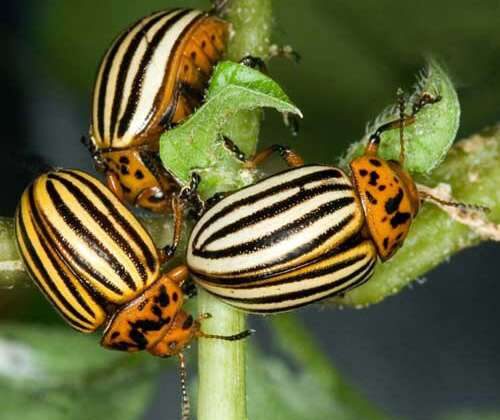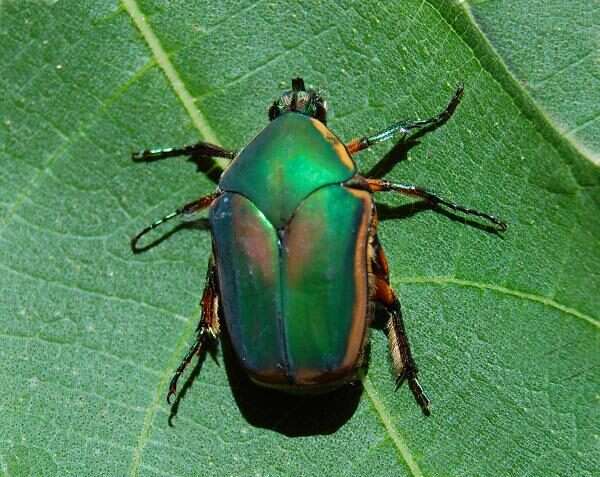
A species of beetle native to the Eastern United States is called the eastern Hercules beetle, or Dynastes tityus. The male’s horns can grow to a length of 60 mm (2.4 in), while the elytra of adult animal’s are green, gray or tan having black markings. The larvae consume many types of decomposing wood.
Description
Horns
Males are 40-60 millimeters (1.6-2.4 in) long, with a long horn that extends forward from the thorax of male and the clypeal horn (a second horn) that extends upward from the head. Adults of both sexes are 20-27 millimeters (0.8-1.1 in) wide. As a result, this beetle is “among the longest and heaviest beetles in the United States.” The size of the horns, which are utilized in fights between rival males vying for a mate, is a reflection of the food supply during the beetle’s growth. This beetle is not dangerous to humans in spite of its large horns.
Elytra
The elytra are typically mottled with black and are green, gray, or tan. Each person’s spot distribution is different. The spots on the elytra of beetles that are found in the soil or in rotting wood are sometimes hidden by their extremely dark appearance. When the elytra dry out, they revert to their lighter hue. This is due to moisture that the shell has absorbed. The elytra’s exterior layer, known as the epicuticle, stores moisture that alters the angle at which light reflects off the exocuticle, the layer beneath it made of photonic crystals. Sometimes both elytra are the same shade of mahogany, while other times one elytron is plain mahogany colored and the other is pale with dark spots.

Diet
The adults consume rotting fruits and tree sap, while the larvae typically feed on the heartwood of deciduous trees.
Distribution
Eastern Texas serves as the western boundary of the D. tityus range, which extends from New York and Indiana in the north to Florida and the Gulf of Mexico in the south.
Habitat
Hercules beetles can be found in nighttime lighting areas and deciduous woodlands.
Comparable species
The United States and Mexico are home to 3 of the 6 species of Dynastes that may be found in the Americas. While Dynastes tityus (the eastern Hercules beetle) is located in the eastern United States, the western Hercules beetle can be found as far north as Tamaulipas, Mexico, where it lives at higher elevations. Due to their close resemblances, D. tityus and D. grantii can interbreed to create successful hybrids.
Life Cycle and Ecology
In D. tityus, mating can last up to 50 minutes. Up until its resources are depleted, successive batches of eggs are laid in the same location. The larvae are big, C-shaped grubs with white bodies and chewing mouthparts. They feed inside decaying trees on rotting wood and litter and create characteristic, rectangular faeces that are about 10 mm (0.39 in) long. The larvae pupate in the late summer after 12 to 18 months. Adults spend the winter underground, initially staying in their pupal cell. They come out in the summer and last six to eight months. Although the nutrition of the adults is unknown, they have been seen consuming ash tree sap.
Why do they keep pets?
In Asia, hercules beetles are a very popular pet. Eastern Hercules beetles make excellent pets for children because they are not aggressive insects and are relatively simple to care for. Know the species of the beetle properly before purchasing it. Must be aware of where to store it and the kind of wood it prefers to consume.
Enclosure
Put the adult eastern Hercules beetle in a tank with 3-4″ of substrate and some tree branches or bark if you want to keep it. Mist it frequently and feed it beetle jelly. Female in pregnancy lays in soil flakes. Place the newly emerged grubs in jars filled with moist soil flakes.
Table





